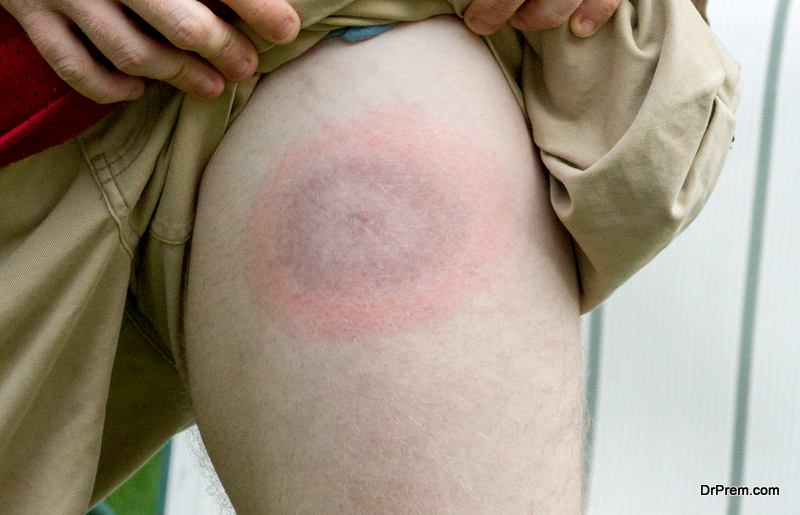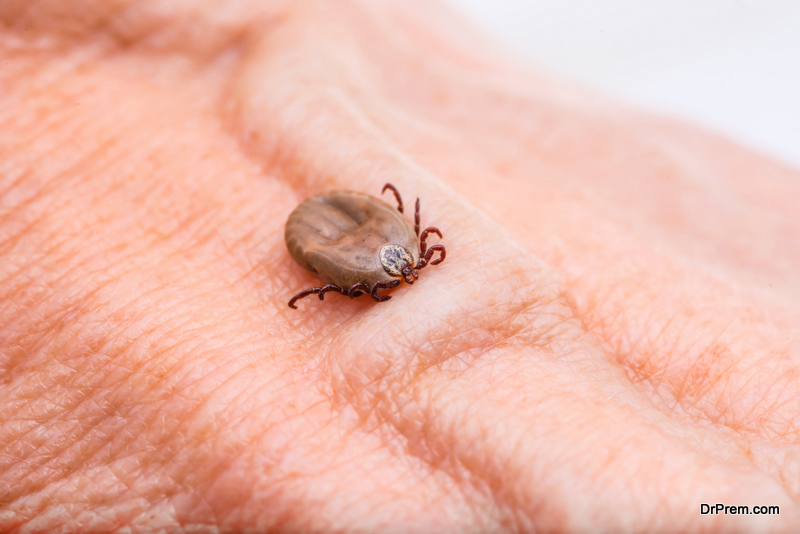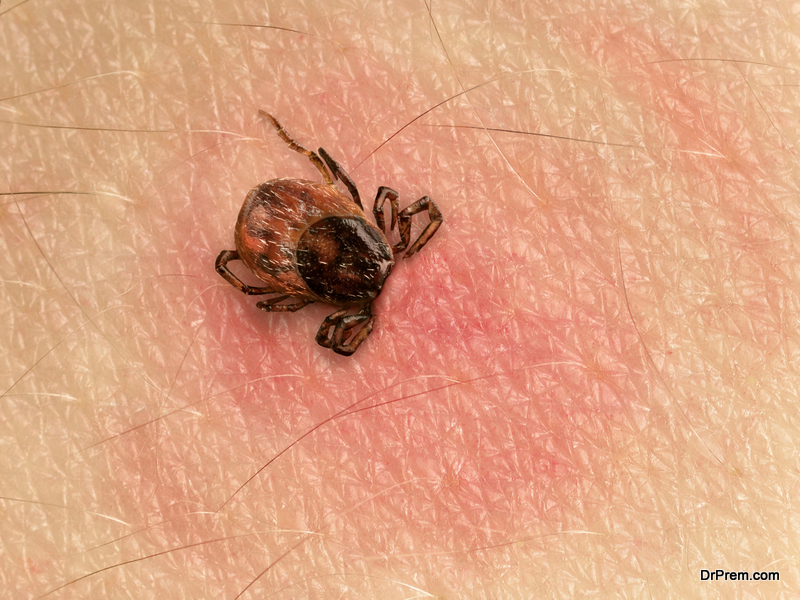To most of the world, very little is known about Lyme Disease because it mimics many other ailments. That is where the nickname the “Great Imitator” came from. Lyme disease can happen to children and adults, and nearly always comes as the result of the bite of an infected tick. If you and your family are often outside, you must take a moment and read up on this elusive illness.
What Exactly Is Lyme Disease and What Are Its Symptoms?
 The scientific name of Lyme disease is spirochete Borrelia burgdorferi. In nearly all cases, you or your child would develop Lyme disease because an infected deer tick bit one of you. Lyme disease is just the first part of the illness since it often has several co-infections that develop.
The scientific name of Lyme disease is spirochete Borrelia burgdorferi. In nearly all cases, you or your child would develop Lyme disease because an infected deer tick bit one of you. Lyme disease is just the first part of the illness since it often has several co-infections that develop.
On its own, Lyme disease is one that causes inflammation. The first symptom most people notice is the rash, followed by a fever, a headache, and chills. This can develop into arthritis, gastrointestinal problems, cardiac issues, and even neurological problems. These are commonly mistaken for other ailments, such as lupus, ALS, ADHD, fibromyalgia, and Parkinson’s disease.
Most people develop a rash first that looks like a bullseye, and it often appears around one week after the bite. However, some people have no symptoms, while others show up immediately. From there, pain and memory issues are common, weakness throughout your extremities can occur, and even a loss of control over muscles can happen.
What Are the Co-Infections of Lyme Disease?
There are several types of co-infections that occur with Lyme disease. This includes Babesia, Rickettsia, Bartonella, Tularemia, and Ehrlichia. People who get one bout of Lyme often do not develop a co-infection. However, if Lyme become chronic, then the rate of developing a co-infection rises dramatically. The most common type of co-infection is Babesia, showing up approximately 1/3 of the time. The rest of them show up less frequently, with Tularemia showing up in only 1% of patients with chronic Lyme disease.
Is Treatment for Lyme Disease Possible?
 The best treatment available for Lyme begins with a course of antibiotics. This helps most people quickly recover. However, that depends on whether or not the diagnosis came early. How a person responds to treatment depends on how long ago they were bitten, how severe their case is, their age, if they have allergies, or if they have other underlying issues with their health.
The best treatment available for Lyme begins with a course of antibiotics. This helps most people quickly recover. However, that depends on whether or not the diagnosis came early. How a person responds to treatment depends on how long ago they were bitten, how severe their case is, their age, if they have allergies, or if they have other underlying issues with their health.
If there is a co-infection happening at the same time, then additional forms of treatment will also be required. Those who struggle with chronic Lyme often have issues like muscle aches and exhaustion that last more than 6 months, making treatment even more difficult.
Can You Reduce the Chances of Your Family Getting a Severe Case?
Thankfully, there are things that you can do to help reduce the chances that if you get Lyme disease, it would be severe. First, take the time to boost your and your child’s immune system. Something as simple as eating a healthy diet and getting lots of time out in the sun can help improve the immune system of the whole family. If you are spending time outside, you are getting lots of vitamin D, which is great. Just make sure you also put sunscreen on, since your goal is to improve your body while having fun.
Next, you can also make sure that when you go out, you cover up your exposed skin anywhere that grass or leaves will hit you. You may still get a bite through light clothing, but the bite is often smaller, and the tick is often easier to remove. Another tip is to ensure you remove the tick as soon as you notice it. The longer it stays there, the more severe your illness may become.
As a parent, the best thing we can do is to help prevent our children from getting Lyme disease in the first place. If you notice anything odd, notice a tick, or notice a bullseye shaped rash, make sure you reach out to your pediatrician immediately. The sooner they can test for it, the sooner treatment for Lyme or one of its co-infections can begin. When it comes to Lyme disease, Mexico and the United States see these ticks regularly, so all parents need to make sure they know how to keep their kids safe and spot a problem early.
Article Submitted By Community Writer




